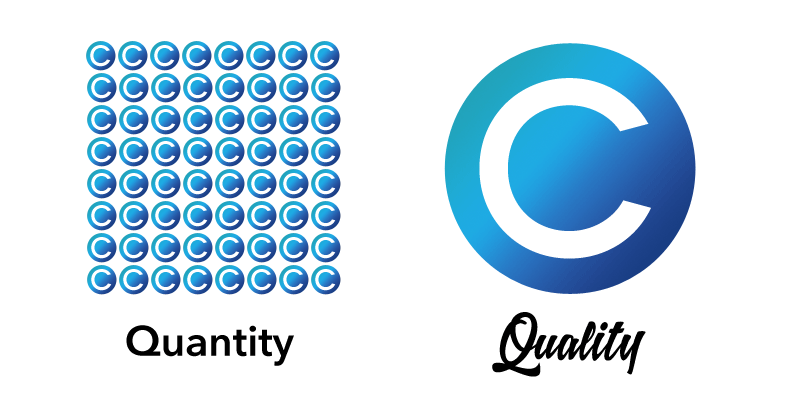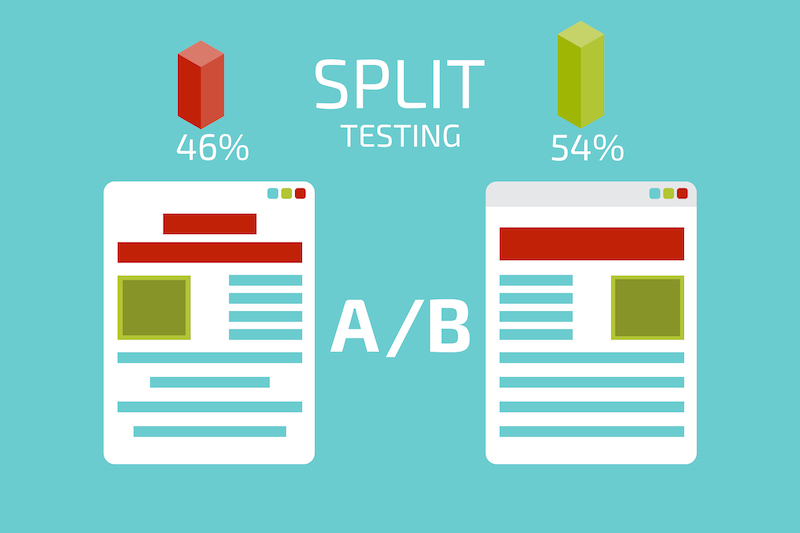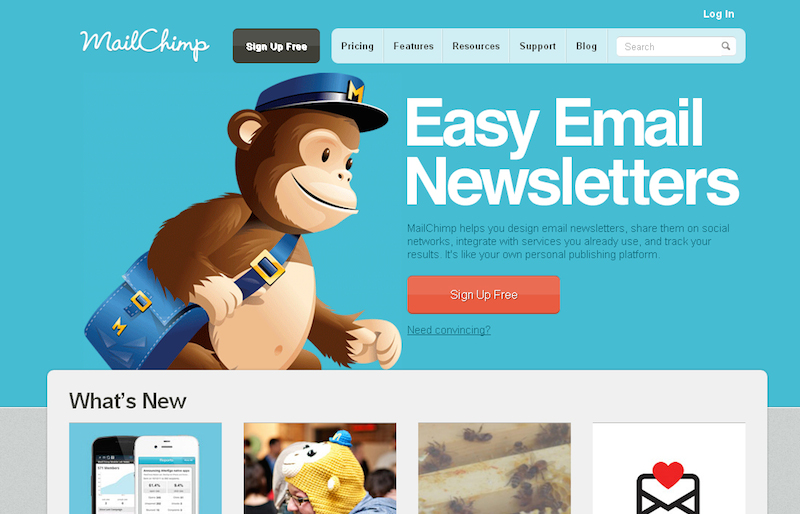
Do you write an email newsletter? Do you want people to actually open and read it? How about even look forward to it? Then this blog post is for you. In my experience, many people write newsletters in which they predominantly talk about themselves – and while there’s nothing wrong with that, if your objective is to get the majority of your recipients to open your newsletters and read them on a regular basis, then you might want to rethink your strategy. Below are 10 tips for improving the quality of your newsletter content, and increasing the chances that it will actually get read.
1) Quality over quantity.
The first thing you have to remember as you compile your newsletter is that people receive many, many emails each day. They don’t have the time, will, or energy to read your personal essays. Therefore you should keep your content concise and to the point. This is why I call my weekly email “Short & Sweet.” I tell people I write them so they can always be read within one minute or less. I also recommend writing a series of very short paragraphs. This will make your content more”skimmable” for your readers.

2) Use photos (where it makes sense).
In my email Short & Sweet, I always feature a beautiful photo at the top, and sometimes photos underneath as well. It’s been shown in studies again and again that people are more engaged with content when text is accompanied by photos. However, it’s important that if and when you use photos, you make them directly relevant to your text. Otherwise, they will come across as random and disorienting – like this random photo of Gumby and Pokey:

3) Get creative with subject lines.
Does an email with the subject line “News from Joe Shmo” make you want to click and read immediately? I didn’t think so – me neither. I’m actually a believer in slight sensationalism when it comes to email subject lines. After all, their sole purchase is to get people to open your message. After they open it, whether they continue reading or not depends on your content. But the main thing is to get them to open it in the first place. Try and think about what the most interesting, out of the ordinary, or even slightly shocking thing in your newsletter is. Then translate that into a subject line. To help you get started here’s a great article from Hubspot called 31 of the Best Email Subject Lines We’ve Ever Seen.
4) Use an email template provider such as Mailchimp, ActiveCampaign, etc.
There are numerous advantages to using an email template for your newsletters. You can A/B test (more on that later) to experiment with different subject lines, layouts, etc. and see which one works best based on user behavior. You can maintain a visual theme and identity that ties into your website and other business materials. You can easily schedule your emails to be sent at a certain time, as well as send test emails. The list goes on and on. I used Mailchimp for many years (there is a great free option) before moving over to ActiveCampaign a few years ago.
5) Put yourself in your reader’s shoes.
For me, this one really comes down to how much of your content is giving-based or education-based, and how much of it is self promoting. What do your readers want to read about? What will they find most interesting and helpful? A ratio of 80% giving-based content to 20% self-promotional content is a great balance with which to create your newsletter. When you’re providing your readers with relevant content that they can truly appreciate and put to use in their lives, not only are they going to look forward to the issues you send – they’re also going to pay more attention when you do promote yourself and/or your services.
6) Experiment and keep track of your results.
As mentioned earlier, when you do sign up for an email template provider, one of the benefits is that you can view analytics for your newsletters. An A/B test means you can send out half of your emails with one subject heading and the rest with another subject heading. Then in your analytics results, you can see what percentage of people opened your email in each group. It’s easy to see just how helpful this sort of testing could be for a variety of pieces of your newsletter.

7) Always always always send yourself a test email.
There are a few different reasons for this. One is to simply see how your email looks in an inbox. Secondly, you’ll want to click on every single link in your email to make sure it goes where you want it to. There’s nothing more frustrating than realizing right after you’ve send an email to 2,000 people that you have a broken link inside. I also find that proofreading my newsletters in the inbox helps me to spot any misspellings or awkward sentences that I may have missed earlier. And finally, if you can get a buddy onboard who is willing to do a read over of your issue before you send it out, another pair of eyes is always immensely helpful.
8) Make it easy for people to unsubscribe.
As hard as you work to make your content interesting and engaging, there are going to be some folks who just don’t want to be receiving your newsletter – and they maintain the right to easily and quickly unsubscribe. This is one of the main reasons why I think it’s important to use an email template provider as opposed to just sending emails from Gmail, Yahoo, etc. “Please reply to this email with REMOVE in the subject box” might seem like a viable method to offer your readers, but the reality is that almost nobody feels comfortable doing so. They need to have an unsubscribe link at the bottom of the email where they can get off your list with one click. Show them the exit sign.

9) Get your readers involved.
There are many different ways to go about doing so. One would be a poll on a topic that your readers are interested in. An added benefit of the poll idea would be that people would need to open a subsequent issue to see the results. Poll Maker is a great free resource. Or you could invite your readers to vote on something, and the winning vote could have an impact on a future issue. The important thing to remember is that when readers feels like they’re involved, they’ll become more invested in what you’re writing and will also be more likely to spread the word to others about you.
10) Put your personality into it!
The emails that I receive and look forward to reading every month are the ones in which the author has a writing tone and style that’s all their own – it has personality! Ask yourself: how do I want to come across to my readers? Do you want to be funny? Dry? Self-deprecating? There are countless ways in which you can develop a tone as a writer, and it’s definitely worth giving some thought.
So there you have it. I hope you’ve enjoyed reading these ten tips for improving your newsletter. If you consider one, great. If you consider all ten – even better! Whatever changes you decide to make, I have confidence that you’ll begin to see improvements and growth in your general reception, open rates, and subscription numbers. Good luck!



Love it, need it, want it—–now to the doing!! thanks, Kim Naz XO
Thanks so much for reading Kim! I know you’ll do it, and I’ll be happy to help! 🙂